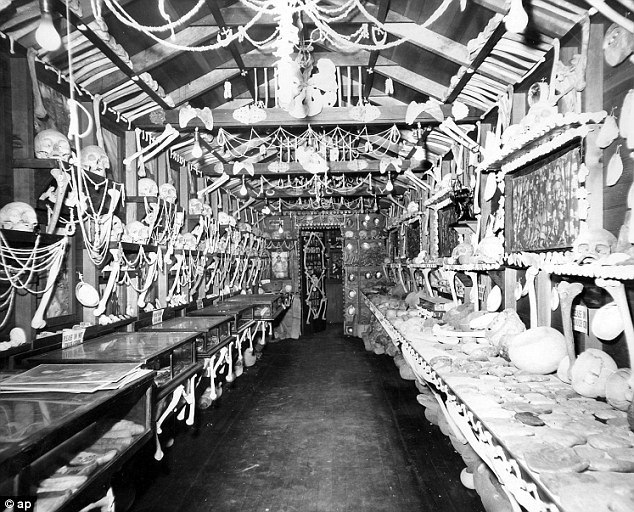In all cultures around the world, there have long been legends about giants living among us, about colossal creatures that our ancestors saw and even worshiped as gods. But these creatures seem to have been lost in time and are now considered just myths. Is there any chance that a race of giants actually existed among humans at some point? There have been many theories and even supposed evidence about this, which from time to time have been dug out of the ground in the form of bones or even complete skeletons of giants. True, none of these skeletons have survived to this day for one reason or another or were hidden somewhere in the museum basements. One such case is of the mysterious blonde giants of Catalina Island

One of the most sensational claims of its time was made on a tiny island off the coast of California. It seems that once upon a time people of unusually tall stature lived on it. Off the coast of the US state of California, about 22 miles southwest of Los Angeles, is the islet of Santa Catalina, also simply called Catalina. The 22-by-8-mile island is part of the Channel Islands archipelago and is part of Los Angeles County and has a rather colorful history.

Originally inhabited by the Gabrielino (Tongwa) Indian people around 7000 BC, the island was captured by Spain in 1542, later taken over by Mexico and then the United States. Catalina Island was long used as a base for various nefarious activities, including smugglers and otter poachers until it was eventually turned into a tourist resort by tycoon William Wrigley Jr. in the 1920s.
In 1896, the Glidden family came here with their teenage son Ralph. Initially, Ralph Glidden was interested in carpentry, but then his interest in Native American artifacts began to grow. He began looking for remains of ancient Indian culture on the island, including Indian burials. After he accidentally discovered an ancient Indian skull just by bumping into a piece of bone in the sands, he became obsessed with this activity. He soon became an amateur archaeologist who began excavating Indian burials on Catalina from 1919 to 1928.

During these excavations, he allegedly discovered 800 secret Indian burials and many Indian artifacts and relics, as well as thousands of bones. These bones and artifacts were mainly sold by Ralph Glidden to various museums and collectors
When William Wrigley Jr. bought the island in the 1920s, he banned the sale of bones and artifacts, declaring them the exclusive property of the Field Museum of Natural History in Chicago. However, the Heye Foundation, to which Glidden had previously sold a large number of such remains and relics, contracted the museum to carry out all excavations on Catalina Island, and it was able to take first place in this activity, which allowed Glidden to continue excavation without restrictions.

Unfortunately for Glidden, in 1924 the Heye Foundation cut off funding for the excavation, and he was forced to work alone, opening his own museum of his finds in the city of Avalon on Catalina Island, which he called the “Catalina Museum of the Island Indians”.
There he showed his discoveries to anyone who was willing to pay to enter. The whole museum was rather gloomy, it exhibited numerous Native American skeletons and it looked creepy, but it attracted many curious people.
However, Glidden became famous in history not as the owner of the museum with the skeletons of the Indians, but as the one who declared that giants lived on Catalina in ancient times. In particular, he stated that during his excavations he came across several skeletons (in different parts of the island) that were much taller than normal people.





